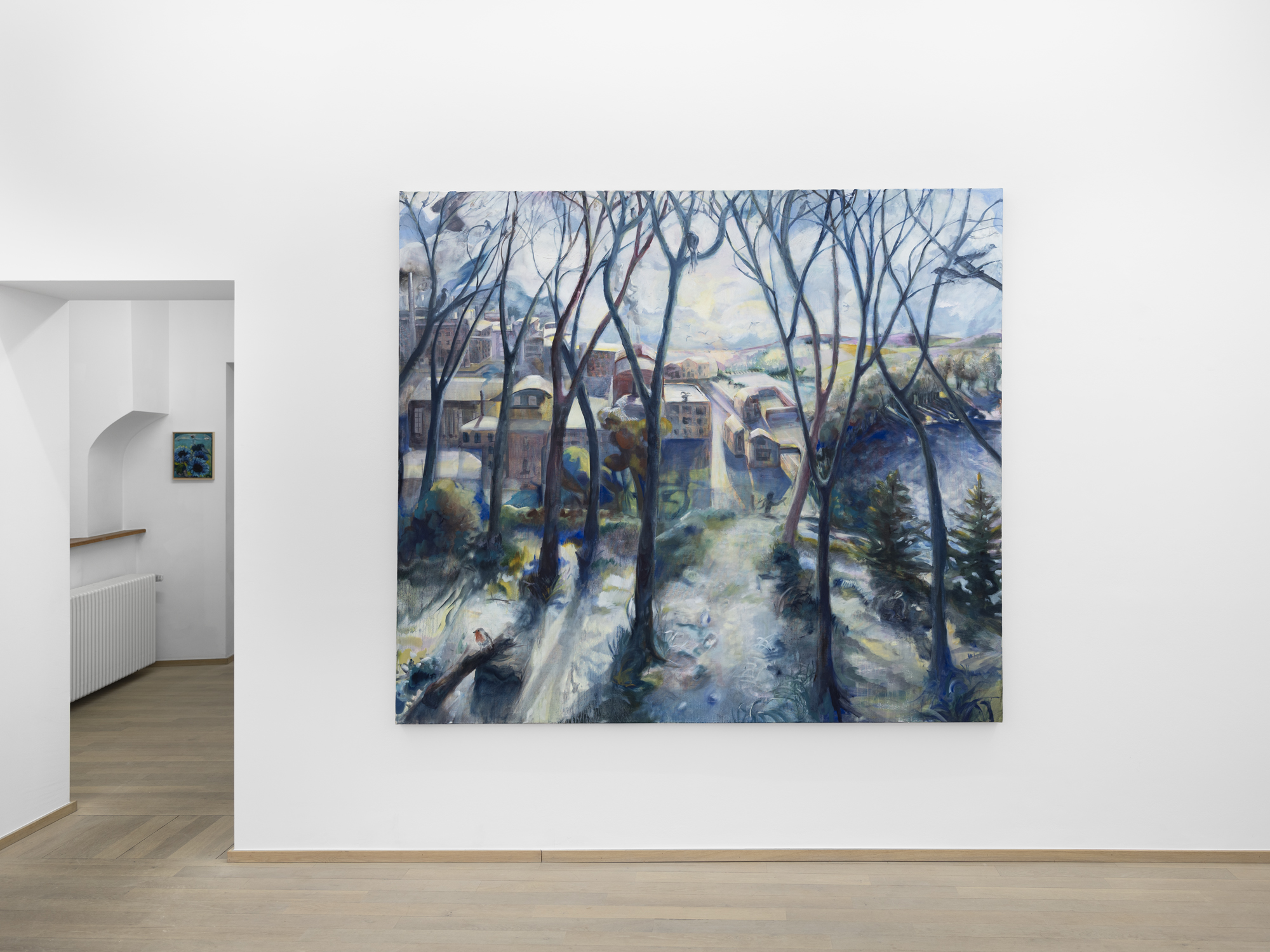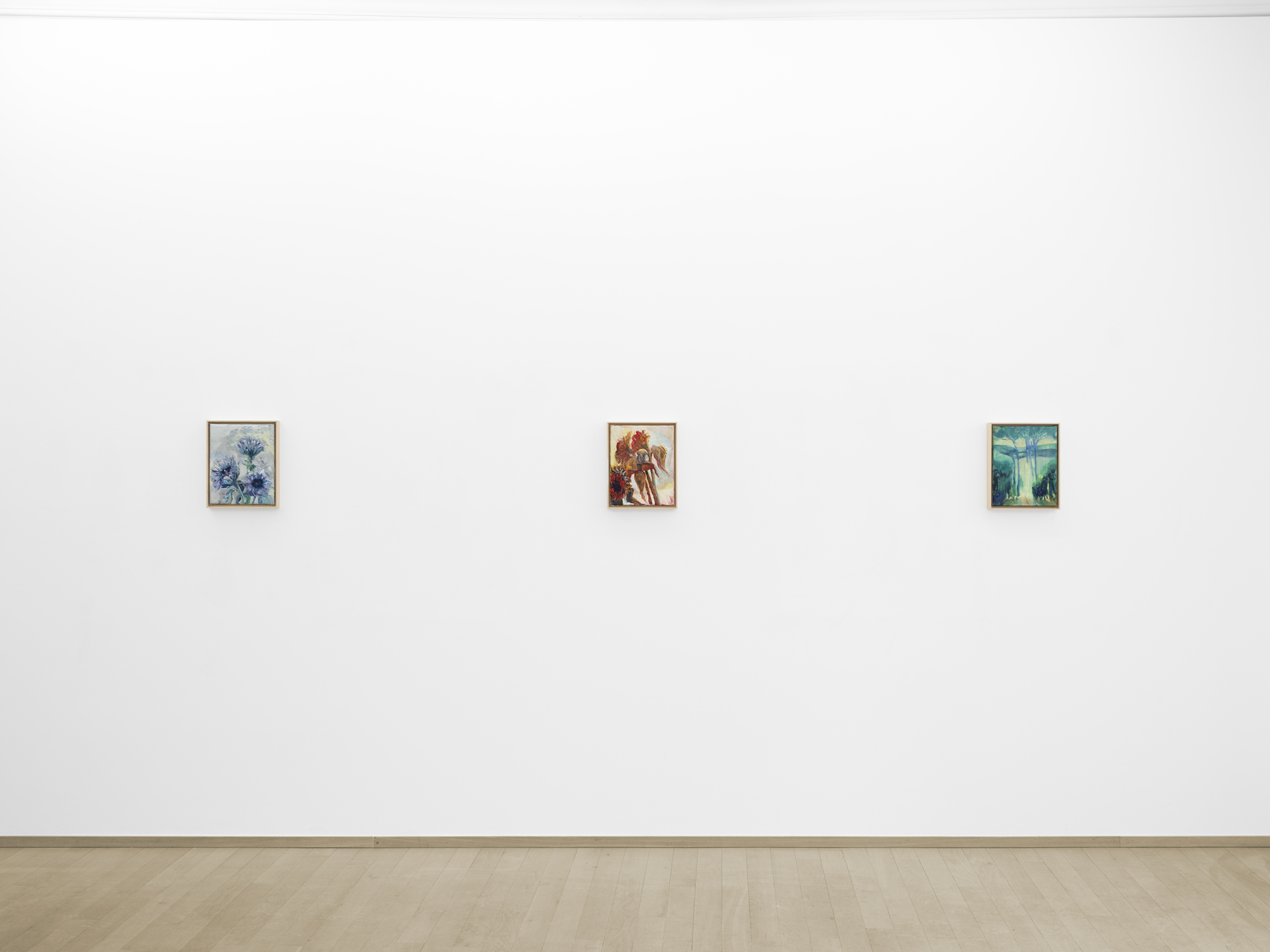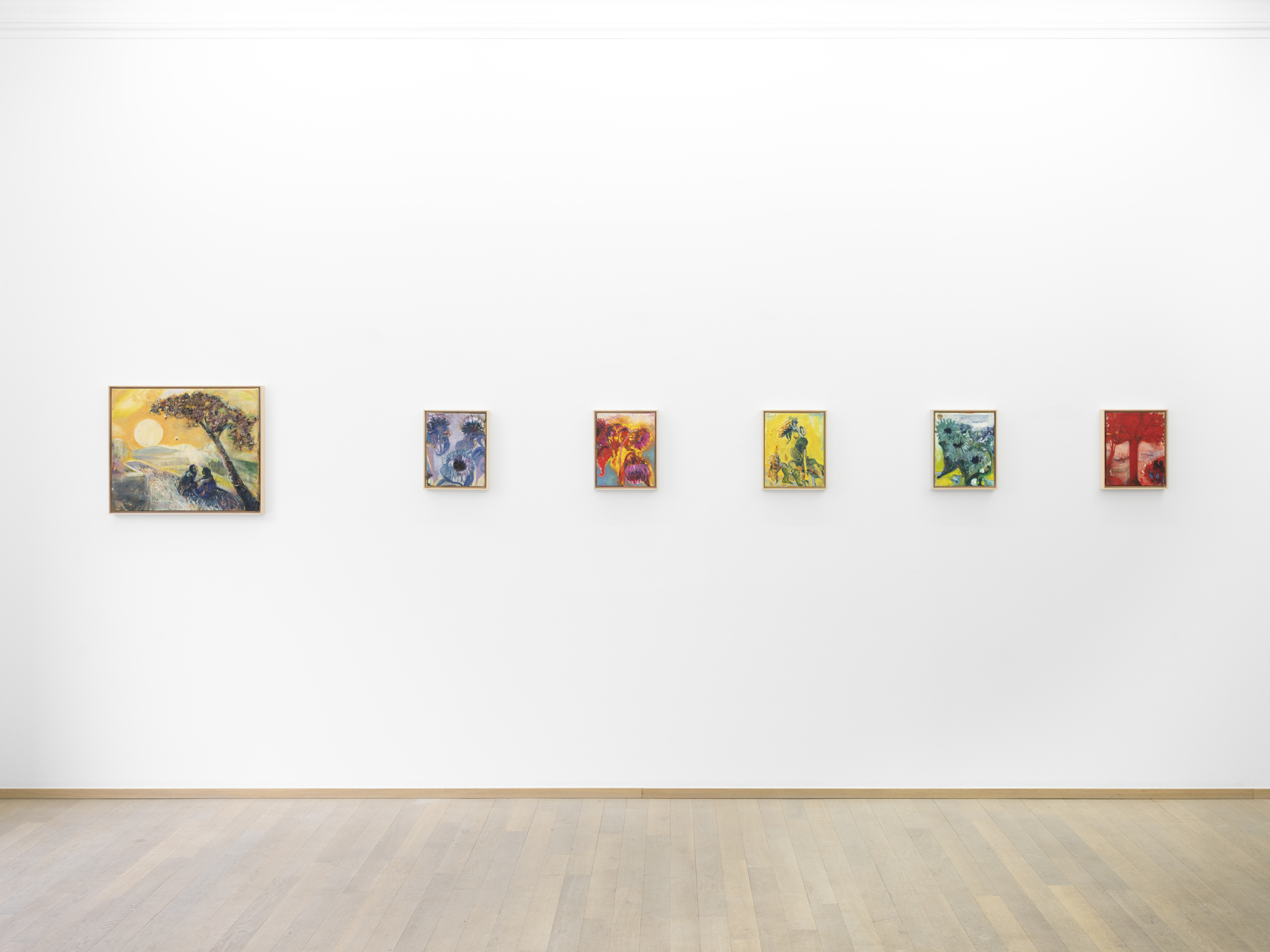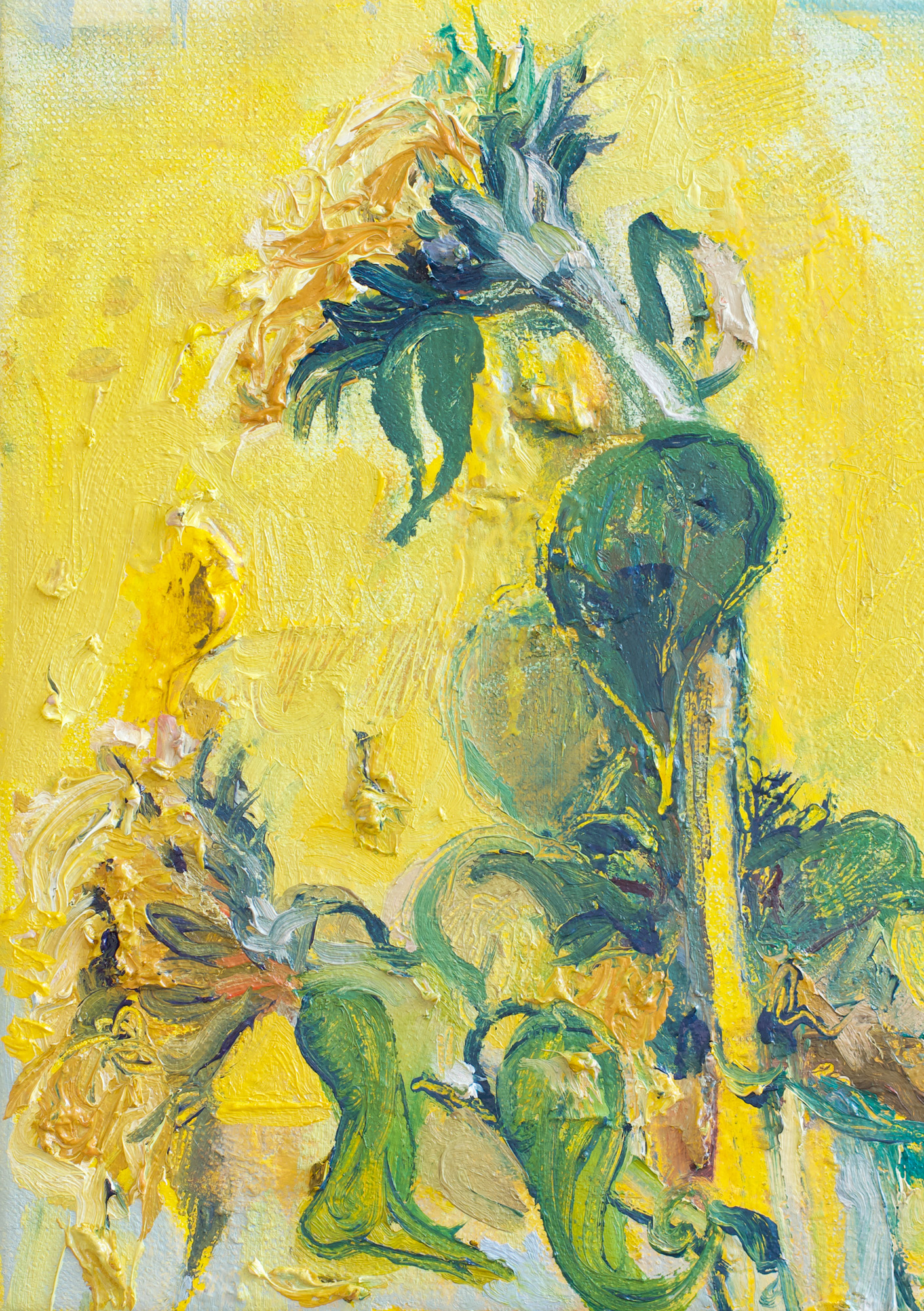Exhibited Works
Informations
Opening: Thursday 16 January 2025 at 18:00
in the presence of the artist
If you ever got to speak with William Grob about his practice, you’d quickly understand how much contemplation is behind it. Even more so, in his voice, you’d sense the passion and emotion woven into the paintings. Both the emotions fueling his ever-curious, autodidact process as well as the moods that push their way from his soul to the very tip of his brush. The excitement, joy, tenderness, affection, longing, sorrow, or pain persisting In All Weathers, as the title of his second solo exhibition with Nosbaum Reding suggests.
Following his BA in photography, Grob’s painterly practice was prompted by the idea of “imagining what the lens can’t see.” Initially working from imagination and memory, the British/Swiss artist recently decided to explore painting from life and "learn to use (his) eyes again." Not necessarily copying what he sees but more interested in responding to it, he chose the ubiquitous motif of sunflowers, perceiving their wilting process as a metaphor for the relentless life cycle. Somewhat limited by the reference, this approach enabled a focus on the line, color, gesture, and texture, while the flowers themselves provided a range of qualities to explore, distort, and experiment with. Besides their conventional cultural, contextual, or artistically interpreted symbolism, they appear almost as figures going through different moods or interactions that reflect the human experience. Figures whose emotive states are heightened through the energetic, expressive brushwork, the thick and rich textures that bury the image's evolution, and truly exceptional and striking color choices (SunFlower #4, 2024; SunFlower #3, 2024).
Whether reflecting the human life cycle and its transient nature, acting as a bridge between the living and those who have passed, or carrying spiritual and religious significance, flowers soften the somberness of death while celebrating life. Thinking about their symbolism and how we come from the earth only to return to it, this entire presentation is dedicated to nature and landscape (Sunflower Fight, 2024; Between Utopia and Dystopia, 2022–2024). Viewing the landscape as a happy where this cycle unfolds, Grob subconsciously relived his childhood, wandering through the English countryside and watching the colors shift with the seasons. “The world turns so fast that we don't see these changes, but with nature, we do,” he remarked about this phenomenon.
In that sense, the sunflowers were observed as miniature landscapes, with the greens fading into light browns, the tiny hairs turning nearly silver, and the petals wilting to a nude-like white. Digging deep into his emotive memory, some of the works touched on tragic events from his life, bringing up occasional figures or hints of narrative (After Sun, 2024; Autumn’s Secret, 2024; or Spring's Quiet Spot, 2023). Gesturing at the likes of Van Gogh or Brueghel, these explorations ended up portraying the seasons but subverting or aligning their stereotypical setting to his own emotive states. So, instead of identifying seasons with their quintessential moods, Grob conveyed a full spectrum of feelings within them. These are perhaps nodding at how they became indicative of climate change, yet another reflection of an increasingly unpredictable human experience. Creating divisions between various spaces, different atmospheres, representational and imagined elements, or his internal experience and the external world, Grob’s melancholic summers, heartwarming autumns, energetic winters, and gloomy springs point to the fluctuating nature of existence In All Weathers.
Saša Bogojev



